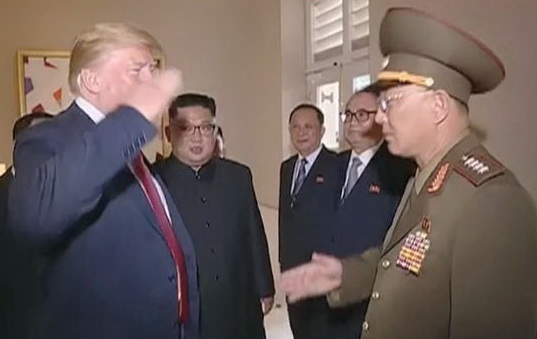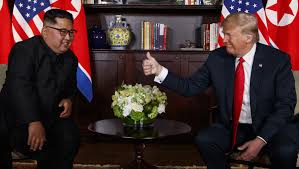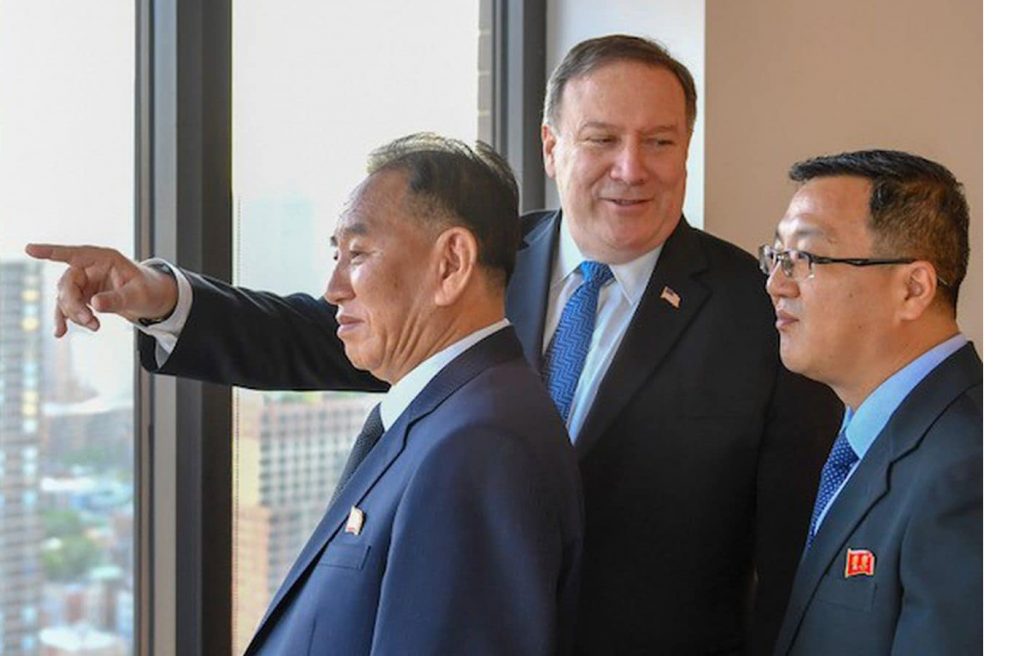North Korean defectors ‘treated like animals’
Scott Kim first escaped North Korea at the age of 17 in 2001. At the time, he and his mother only wanted to get across the border to China so they could eat hot meals. Growing up during North Korea’s deadly famine in the late ’90s, Kim had spent much of his childhood starving.
Today, Kim lives in South Korea and owns a business trading automobile and railway parts. He is currently working on an English-language memoir about his experiences with the help of Teach North Korean Refugees (TNKR), a volunteer-run organization in Seoul helping defectors develop English skills.
But it was a long and dangerous six years in and out of China before he got to Seoul.
“At the detention center in North Korea where i was held, we lost all our rights as human beings,” Kim told Business Insider. “We were treated like animals, literally. We had to crawl on the floor to move from place to place.”
Kim was put in a cell with 20 other defectors. There was one toilet in the corner and no space to lie down. Day and night, the defectors sat on the ground.
When he or other defectors were told to down the corridor to the warden’s office, they were made to crawl on their hands and feet. Officers beat them with gloves and sticks as they went.
An estimated 100,000 North Koreans or more currently live in detention centers, political prisons, or labor camps where they endure hard labor, torture, and starvation. Kim’s description of his experience comes amid President Donald Trump’s summit with North Korean leader Kim Jong Un, who has been accused of killing his own people. But when asked about the North Korean dictator’s human rights violations, Trump appeared to be an apologist for the dictator’s actions.
[Business Insider]


 On June 12, President Trump and Chairman Kim Jong Un conducted a comprehensive, in-depth, and apparently sincere exchange of opinions on the issues related to the establishment of new U.S.–DPRK relations and the building of a lasting and robust peace regime on the Korean Peninsula.
On June 12, President Trump and Chairman Kim Jong Un conducted a comprehensive, in-depth, and apparently sincere exchange of opinions on the issues related to the establishment of new U.S.–DPRK relations and the building of a lasting and robust peace regime on the Korean Peninsula.